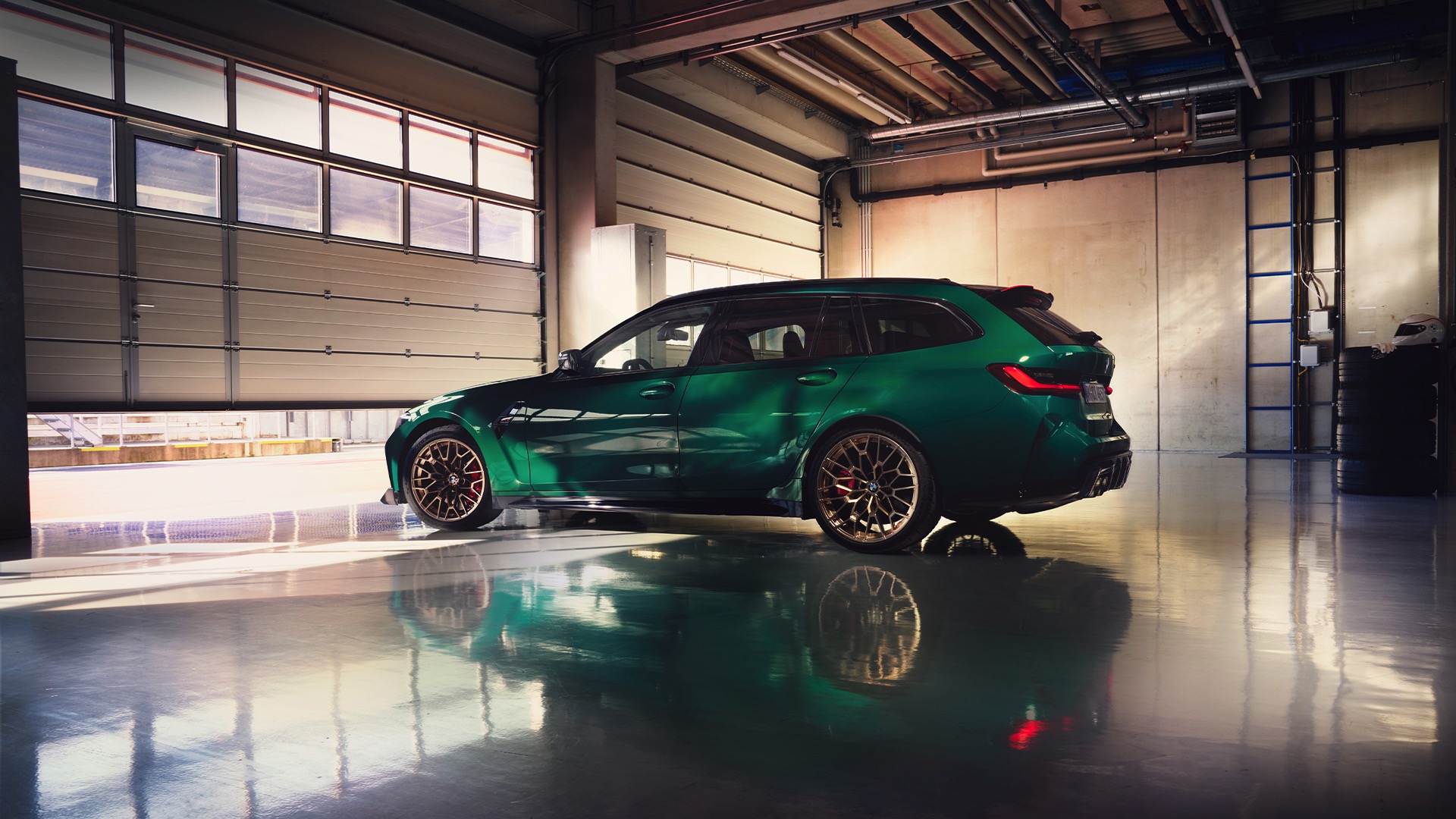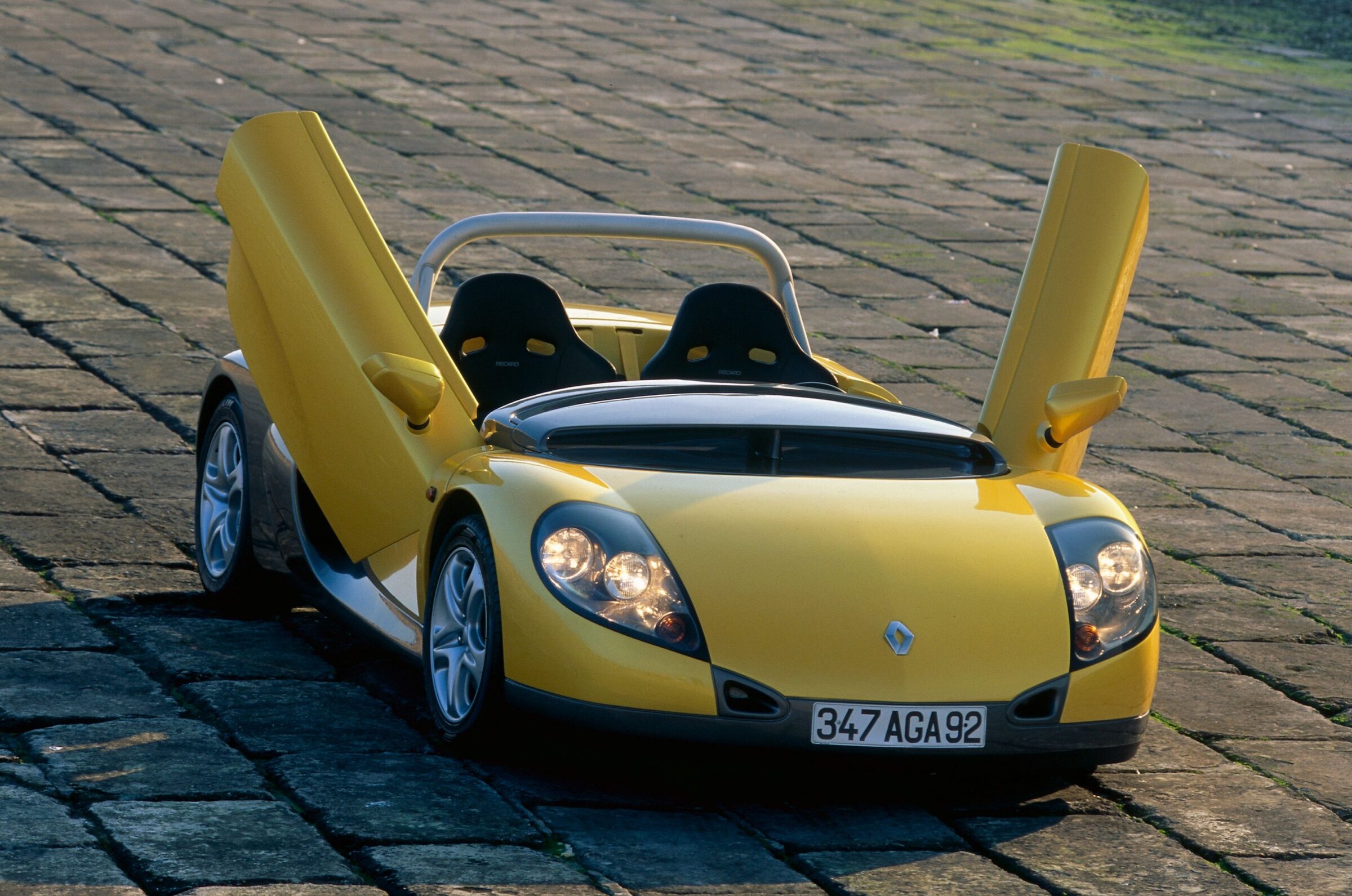DAF 600
Small family cars for the general public were booming in the 1950s. Italy produced the Fiat 500, France the Citroën 2CV and Renault 4CV, Germany the VW Beetle and the GDR the Sachsenring P70 Zwickau and later the Trabant P50. It is often forgotten in such a list, however, that there was also a similar vehicle in the Netherlands. As early as 1928, Hub van Doorne founded a machine factory in Eindhoven, which initially carried out forging and welding work for the Philips engineering group and for inland shipping. Soon the first bus bodies on semi-trailers were added. After the younger brother Wim van Doorne joined the company, they had to look for new fields of activity due to the world economic crisis in the 1930s. This led to the new company name “Van Doorne’s Aanhangwagenfabriek” (Van Doorne’s Trailer Factory, DAF for short) in 1932.
Two-cylinder boxer engine
Various semi-trailers were followed by the company’s first own truck in 1936. During World War 2, only tractor units for the military were built. In the post-war period, the specially developed trucks finally went into production. The Van Doorne brothers quickly recognized the existing desire for mobility among the population. Thus, starting in the mid-1950s, they began developing a four-seater small car. In 1957, they published the first details to arouse the curiosity of potential customers. At the Amsterdam Motor Show in February 1958, the vehicle finally made its debut as the DAF 600. The number indicated the rounded-up displacement. This amounted to 590 cc and was distributed over two cylinders of a four-stroke boxer engine. Power was 15 kW/20 hp, which was sufficient for a topspeed of 56 mph.
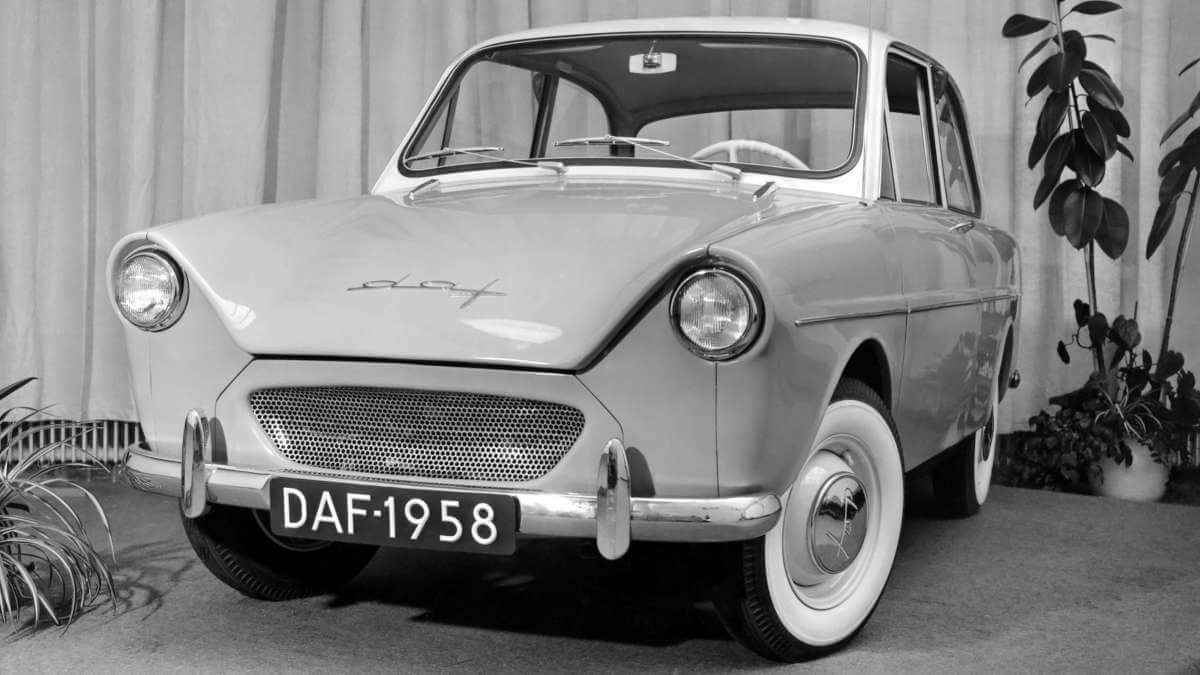

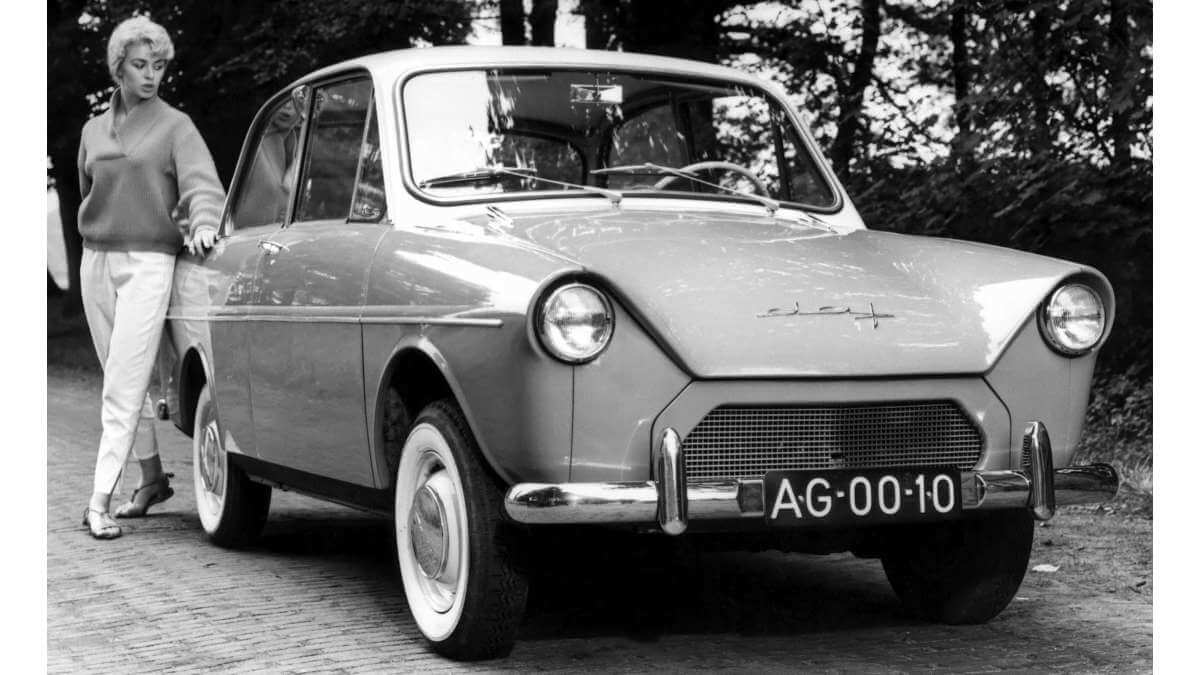

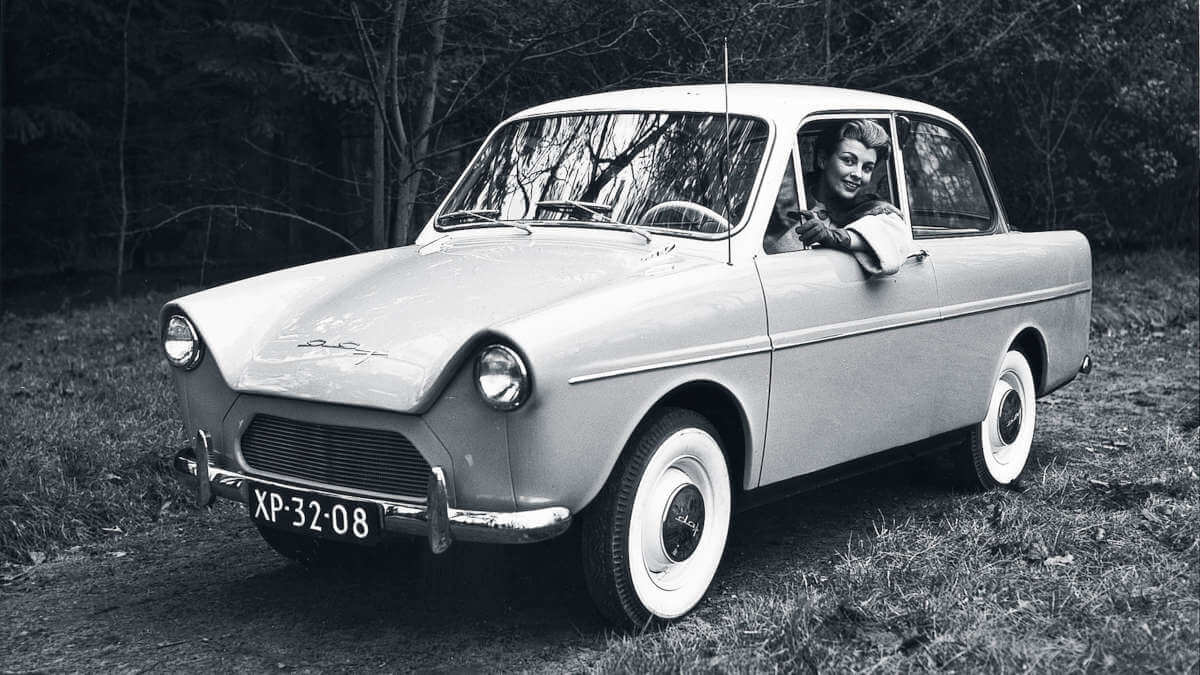

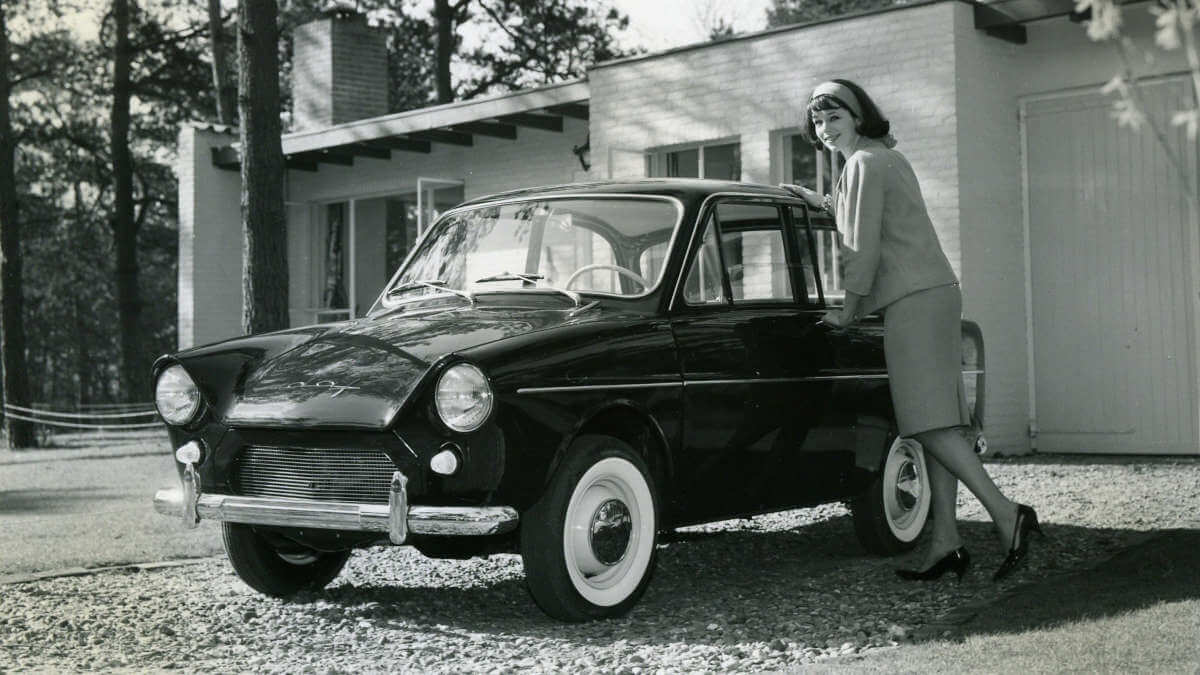

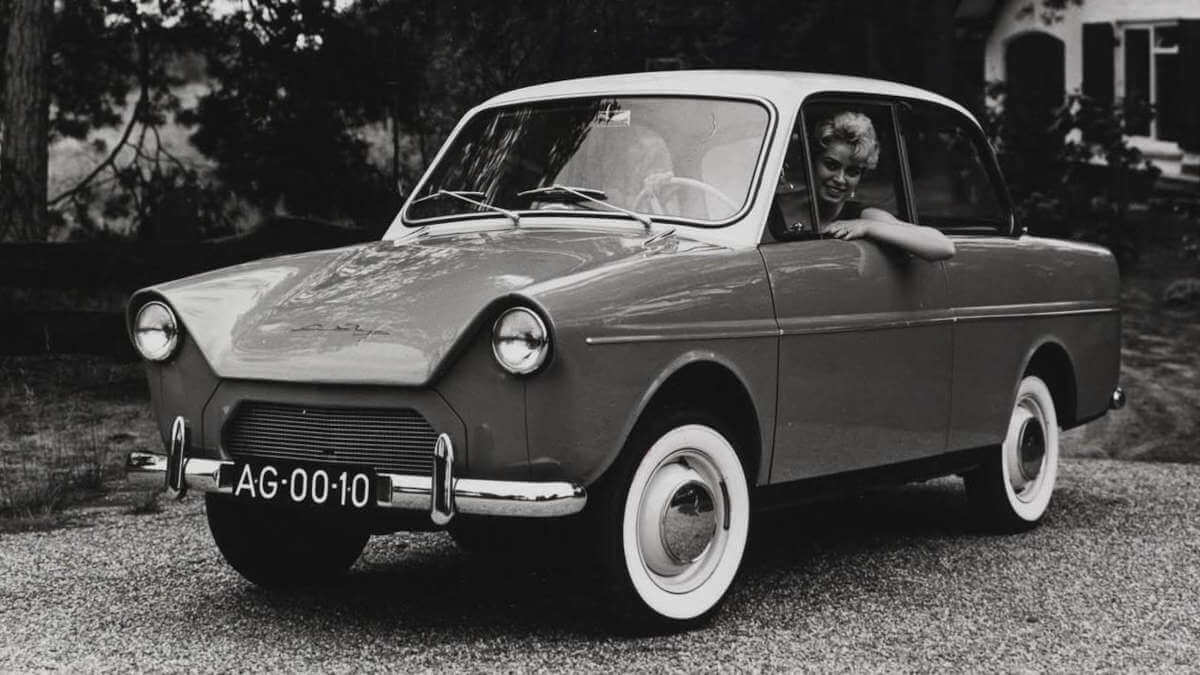

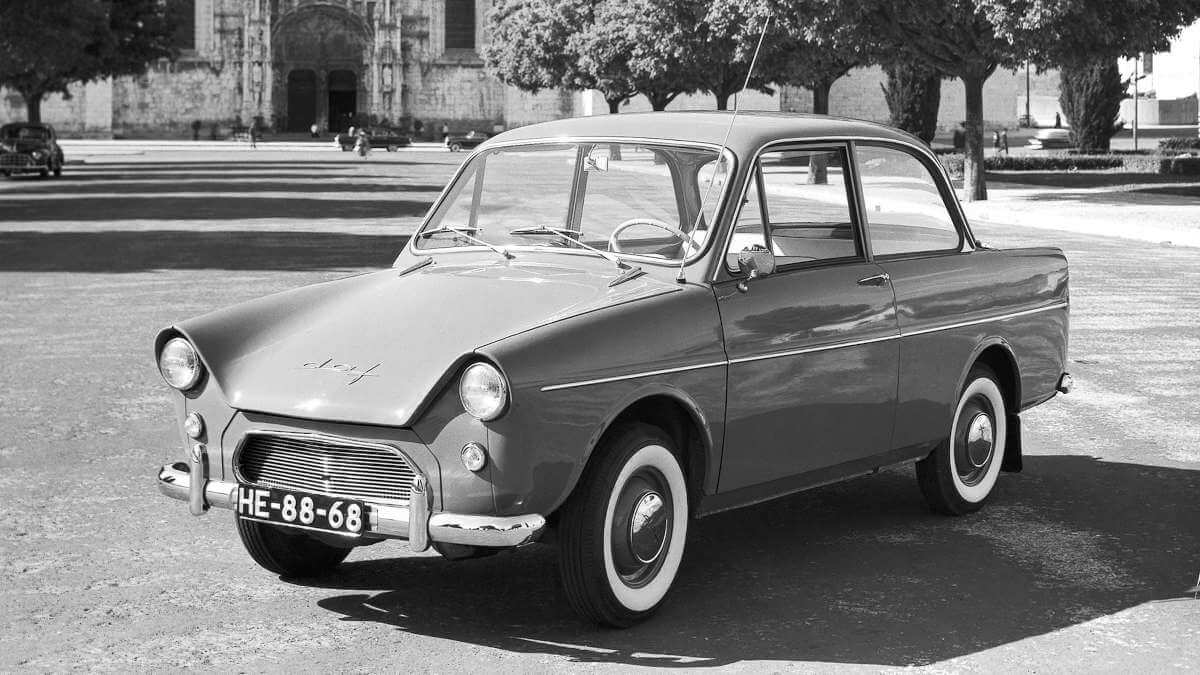

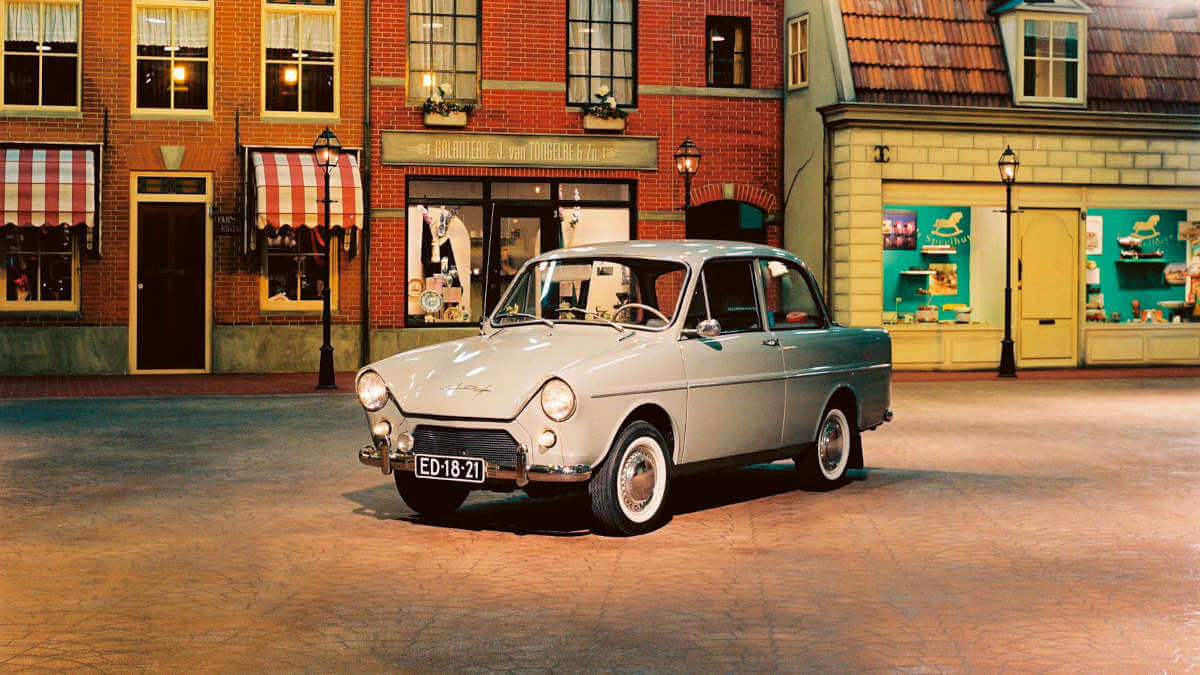

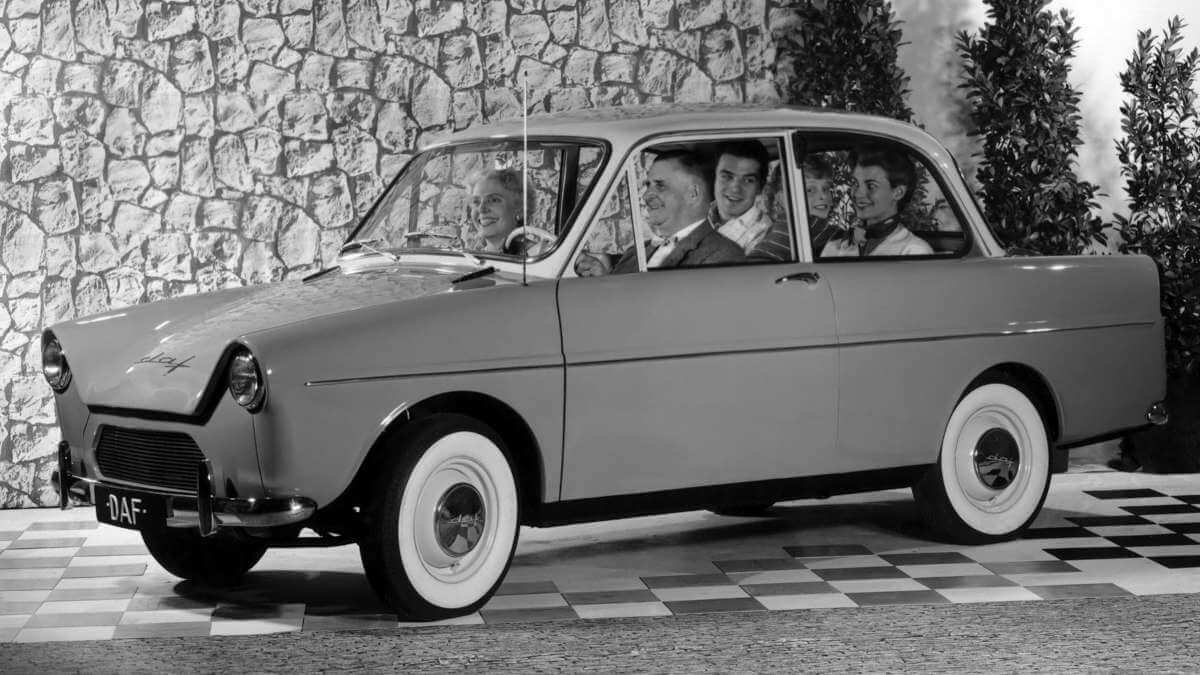

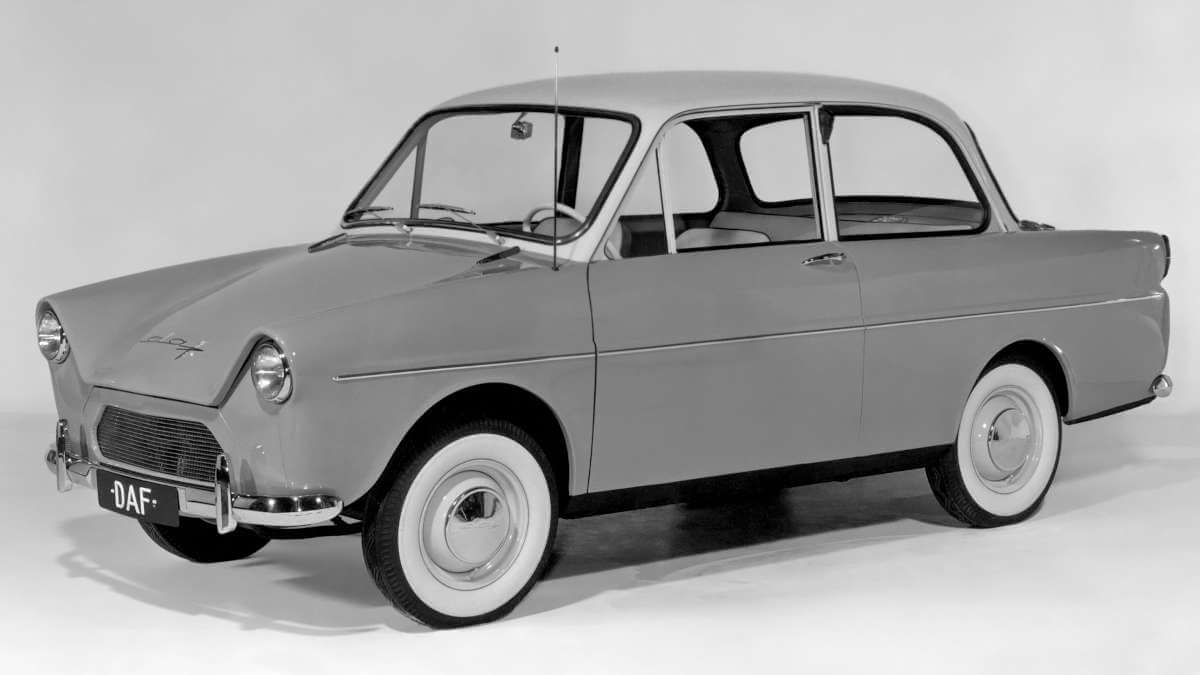

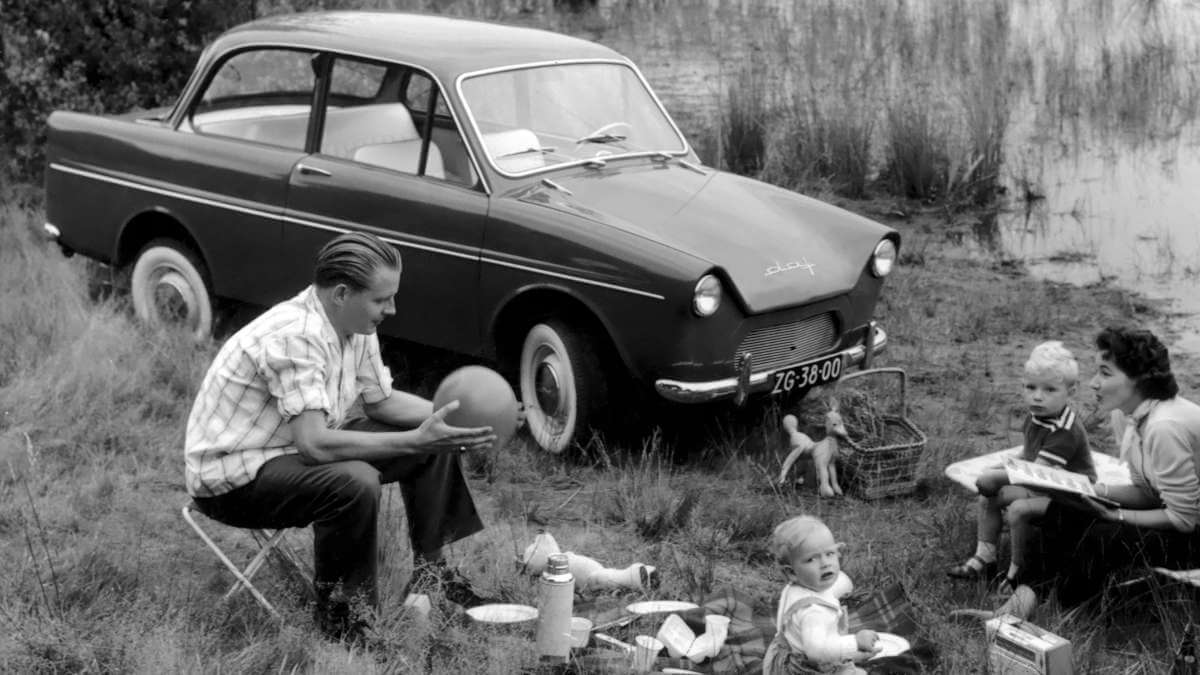

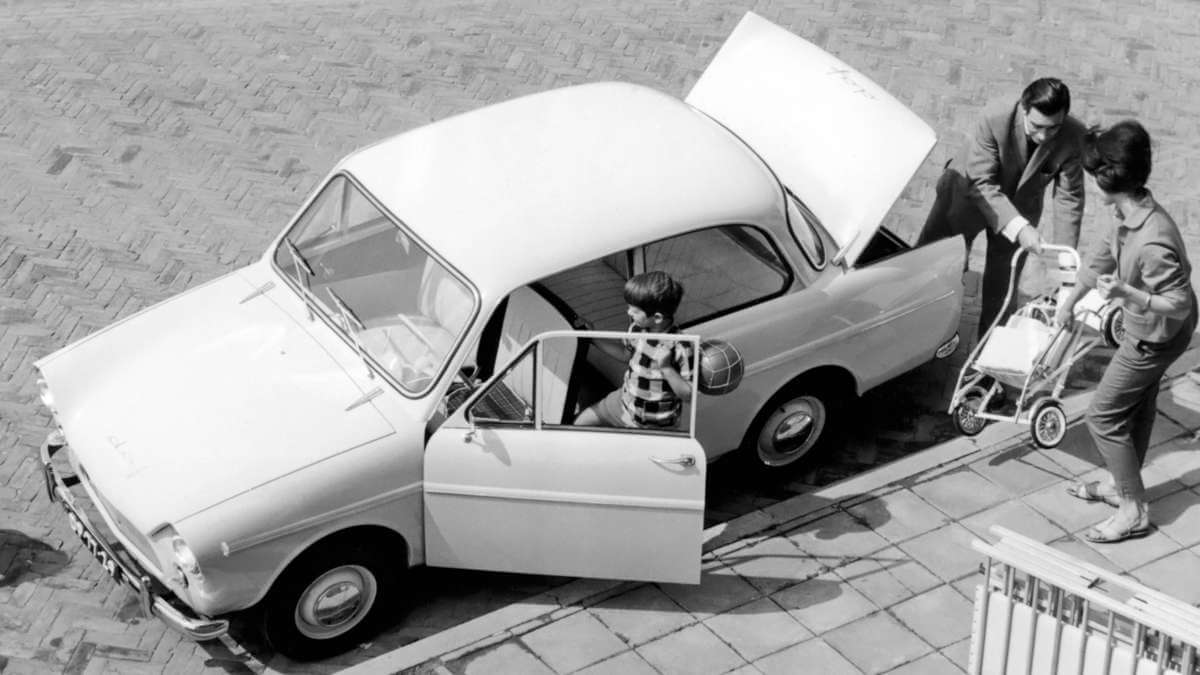

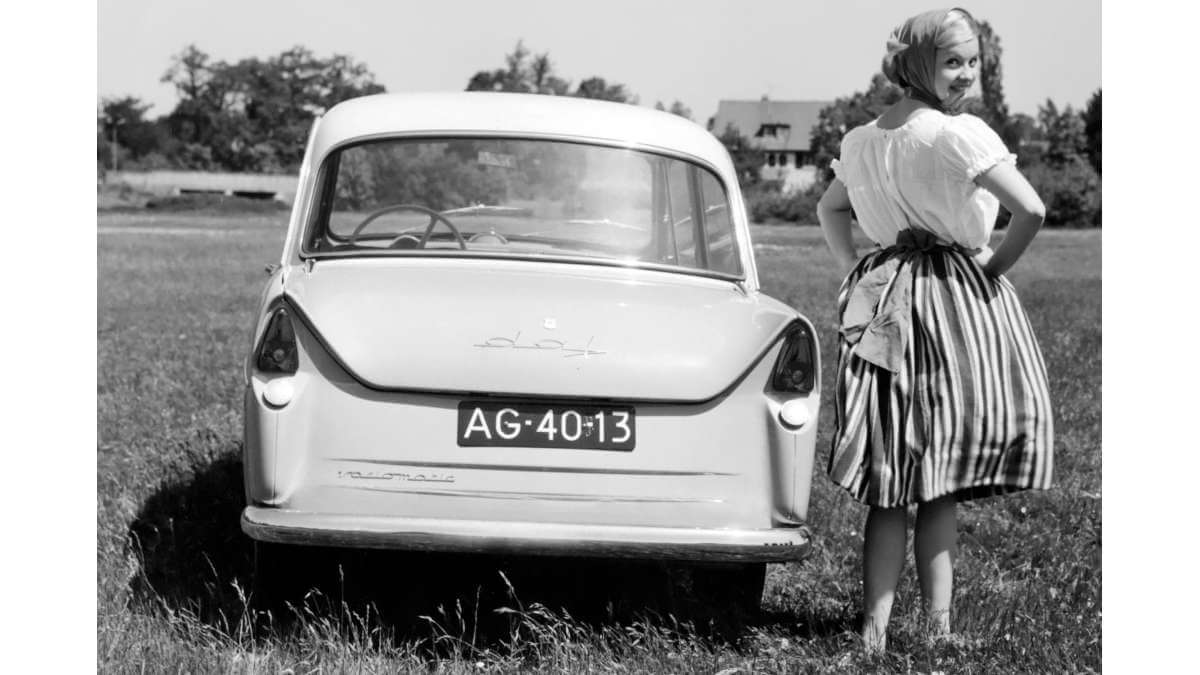

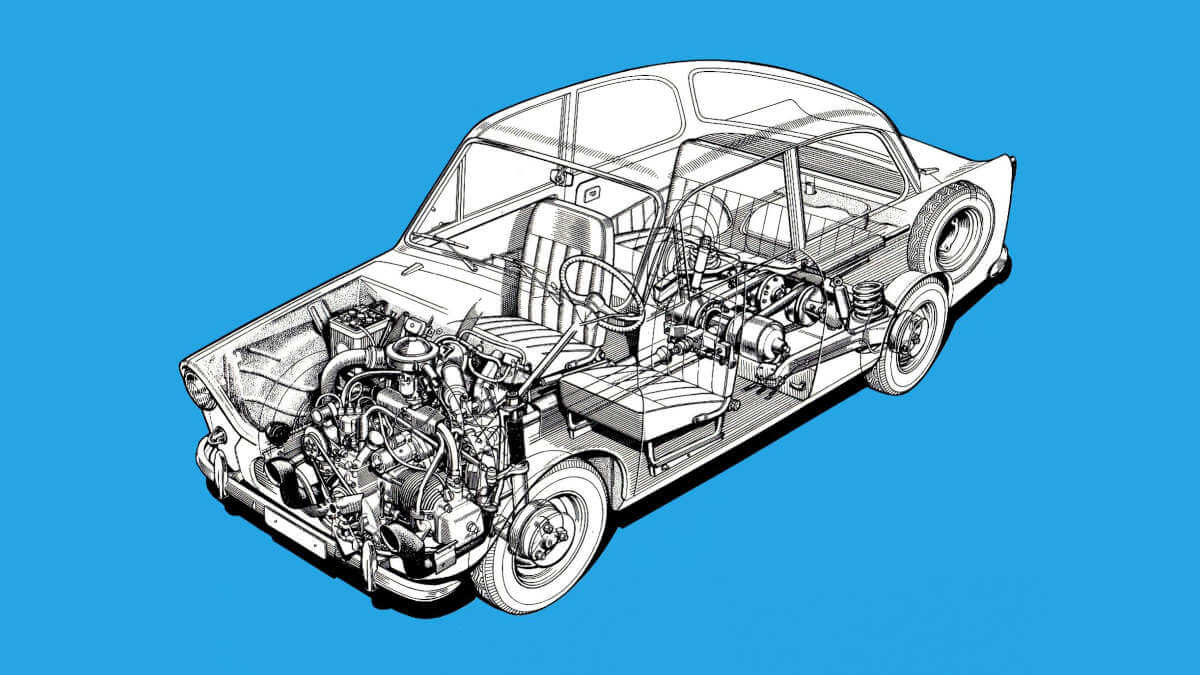

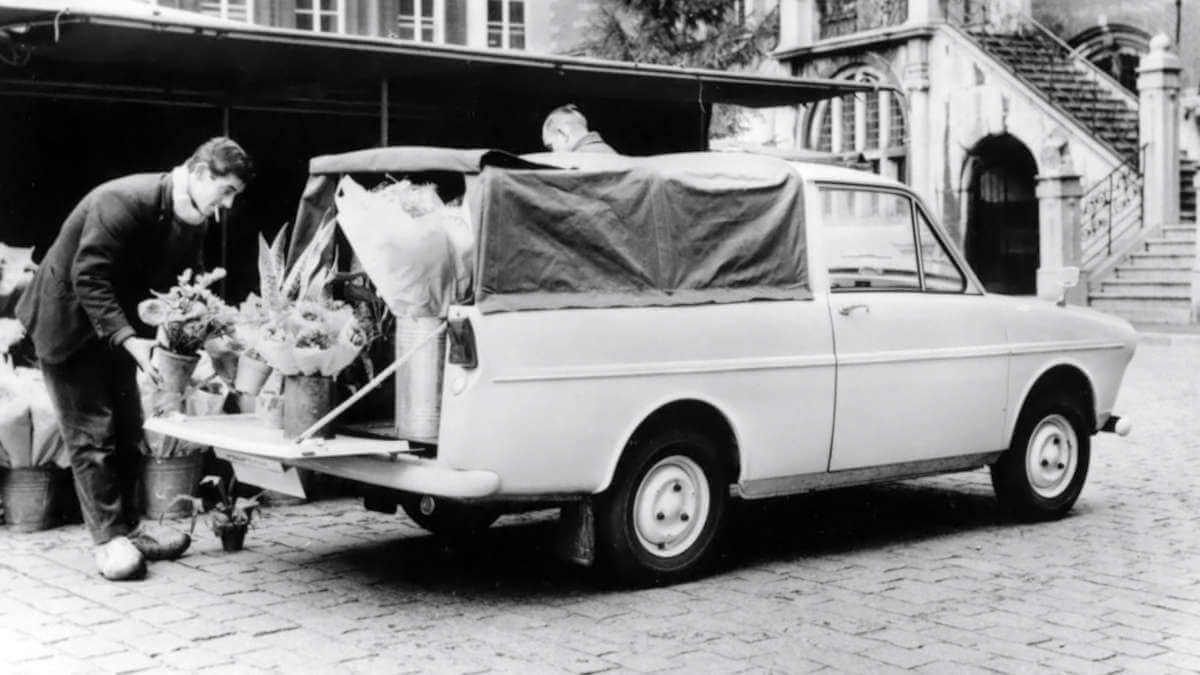

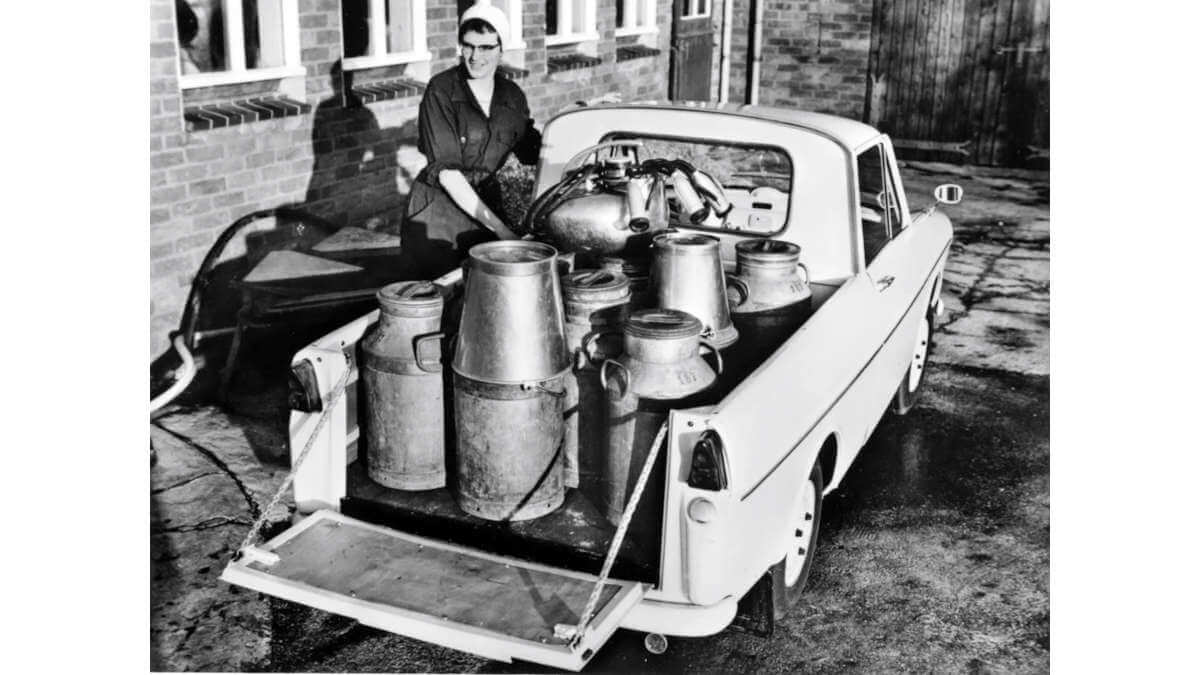

Stepless Variomatic
In one serious technical detail, the DAF 600 differed from all competing products worldwide. As power transmission from the engine to the rear wheels, the Dutch installed a CVT (continuously variable transmission) on the rear axle, which was called “Variomatic” here. Although similar transmissions had already been developed at the beginning of the 20th century, DAF brought them into large-scale production for the first time. The Variomatic drives each rear wheel individually. To do this, it has two shafts, each of which is fitted with two moveable bevel gears (variator discs). A centrifugal clutch, centrifugal weights and variable gear ratios enabled the transmission to adapt to the required speeds. Classic gears, as in a manual or automatic transmission, therefore don’t exist in the CVT. However, it has only been used by a few other automakers. Instead, similar designs can be found in scooters and mopeds.
Passenger car production until 1975
At constant engine speed, the transmission used vacuum to change the gear ratio and thus the driving speed. In fact, it is technically possible to drive a vehicle with a CVT transmission in reverse just as fast as in forward. In later years, this led to the decimation of the stock of the DAF 600 and its successors in reverse nonsense races. It’s a shame, because the small family car has a few visual charms. At the front of the hood and at the rear of the trunk lid, a double curved edge runs across the full width and thus also across the lights. Inside, there was room for four people and their luggage. In 1963, the “Daffodil” followed in a similar design, the DAF 30 and 750 with a larger engine. This was later developed into the 31 and then the 32, followed by the 33 and the larger models 44 and 55 designed by Michelotti. Between 1972 and 1975 there was finally the 66, until DAF sold the passenger car business to Volvo.
Images: DAF, archive Secret Classics


